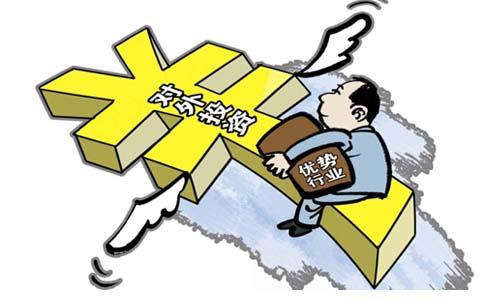Key Points
China’s investment around the world grew almost 50 percent in 2016 to approximately USD175 billion. It has now doubled in size since 2012.
China’s global spending surge is due primarily to investment in the United States, which exceeded USD50 billion in 2016. Acquisitions by private enterprises are at its heart.
Energy made a surprise comeback in 2016, leading all sectors in drawing Chinese funds. However, a bigger story was a jump in attempted and successful technology acquisitions.
This year will be weaker than last. Total investment may or may not fall, but diversification by country, sector, and the Chinese companies is likely to decline.
American policy should be based on actions by China and Chinese investors, reciprocity and obeying US law, respectively,
rather than nominal state ownership.
Introduction
Chinese outward investment set records in 2016, but it is hard to be confident about the numbers. The amount of money leaving the People’s Republic of China (PRC), sometimes illegally, is so large that picking out genuine investment has become a challenge. It can suit Beijing to label capital flight as “investment.” Independent observers occasionally include acquisitions both in the year announced and again in the following year when completed.
The China Global Investment Tracker (CGIT), from the American Enterprise Institute and The Heritage Foundation, is vetted, with each transaction detailed in the only fully public record of the PRC’s investment and construction.1 Vetting yields an initial estimate of USD170 billion in Chinese outward, non-bond investment last year, a 46 percent increase over 2015. There was explosive growth from the start, and worries about a weakening renminbi helped support a quick pace until December, when Chinese authorities became belatedly alarmed over money leaving the country.
Record-breaking totals mean records for sectors and countries. Energy investment, including gas and alternative energy, intensified over the course of the year, with more than USD30 billion ultimately allocated. While this is a return to the past, technology acquisitions touching USD25 billion constitute a sharp change. Another new development was nearly USD20 billion invested in tourism, primarily hotels.
By country, the previous high for Chinese spending in the US was nearly tripled to over USD50 billion (initial estimate) in 2016, by far the top national figure. The US accounted for 30 percent of the PRC’s outward investment last year. Three other countries—Britain, Brazil, and Germany—surpassed USD10 billion, which would have been extraordinary as recently as 2012.
Construction activity is often conflated with investment, but there are more USD100 million construction contracts than USD100 million investments since 2005. More than 50 countries inked contracts with Chinese engineering firms in 2016 alone. Transport—rail, roads, ports, and airports—saw the most activity. Egypt, Bangladesh, and Malaysia were most popular construction partners in 2016.
The future looks calmer. If completed, the massive Syngenta acquisition could make 2017 appear busier than last year, but the number of deals and participating firms will likely fall. The 2016 bonanza is causing the PRC and its partners to rethink. In addition to China’s deteriorating balance of payments, the investment spree is almost entirely mergers and acquisitions, with greenfield spending very weak. In light of Beijing’s protection of its own assets, many countries have become wary of these acquisitions.2 The US in particular has cause to consider its policies toward Chinese investment, but decisions should be made on Chinese behavior, not labels.
(By Derek Scissors, a scholar at American Enterprise Institute for Public Policy Research)




 A single purchase
A single purchase







